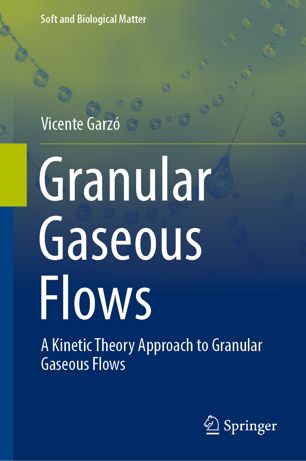

Most ebook files are in PDF format, so you can easily read them using various software such as Foxit Reader or directly on the Google Chrome browser.
Some ebook files are released by publishers in other formats such as .awz, .mobi, .epub, .fb2, etc. You may need to install specific software to read these formats on mobile/PC, such as Calibre.
Please read the tutorial at this link: https://ebookbell.com/faq
We offer FREE conversion to the popular formats you request; however, this may take some time. Therefore, right after payment, please email us, and we will try to provide the service as quickly as possible.
For some exceptional file formats or broken links (if any), please refrain from opening any disputes. Instead, email us first, and we will try to assist within a maximum of 6 hours.
EbookBell Team

4.8
64 reviewsBack Cover Text:
This book addresses the study of the gaseous state of granular matter in the conditions of rapid flow caused by a violent and sustained excitation. In this regime, grains only touch each other during collisions and hence, kinetic theory is a very useful tool to study granular flows. The main difference with respect to ordinary or molecular fluids is that grains are macroscopic and so, their collisions are inelastic. Given the interest in the effects of collisional dissipation on granular media under rapid flow conditions, the emphasis of this book is on an idealized model (smooth inelastic hard spheres) that isolates this effect from other important properties of granular systems. In this simple model, the inelasticity of collisions is only accounted for by a (positive) constant coefficient of normal restitution.
The author of this monograph uses a kinetic theory description (which can be considered as a mesoscopic description between statistical mechanics and hydrodynamics) to study granular flows from a microscopic point of view. In particular, the inelastic version of the Boltzmann and Enskog kinetic equations is the starting point of the analysis. Conventional methods such as Chapman-Enskog expansion, Grad’s moment method and/or kinetic models are generalized to dissipative systems to get the forms of the transport coefficients and hydrodynamics. The knowledge of granular hydrodynamics opens up the possibility of understanding interesting problems such as the spontaneous formation of density clusters and velocity vortices in freely cooling flows and/or the lack of energy equipartition in granular mixtures.
Some of the topics covered in this monograph include: